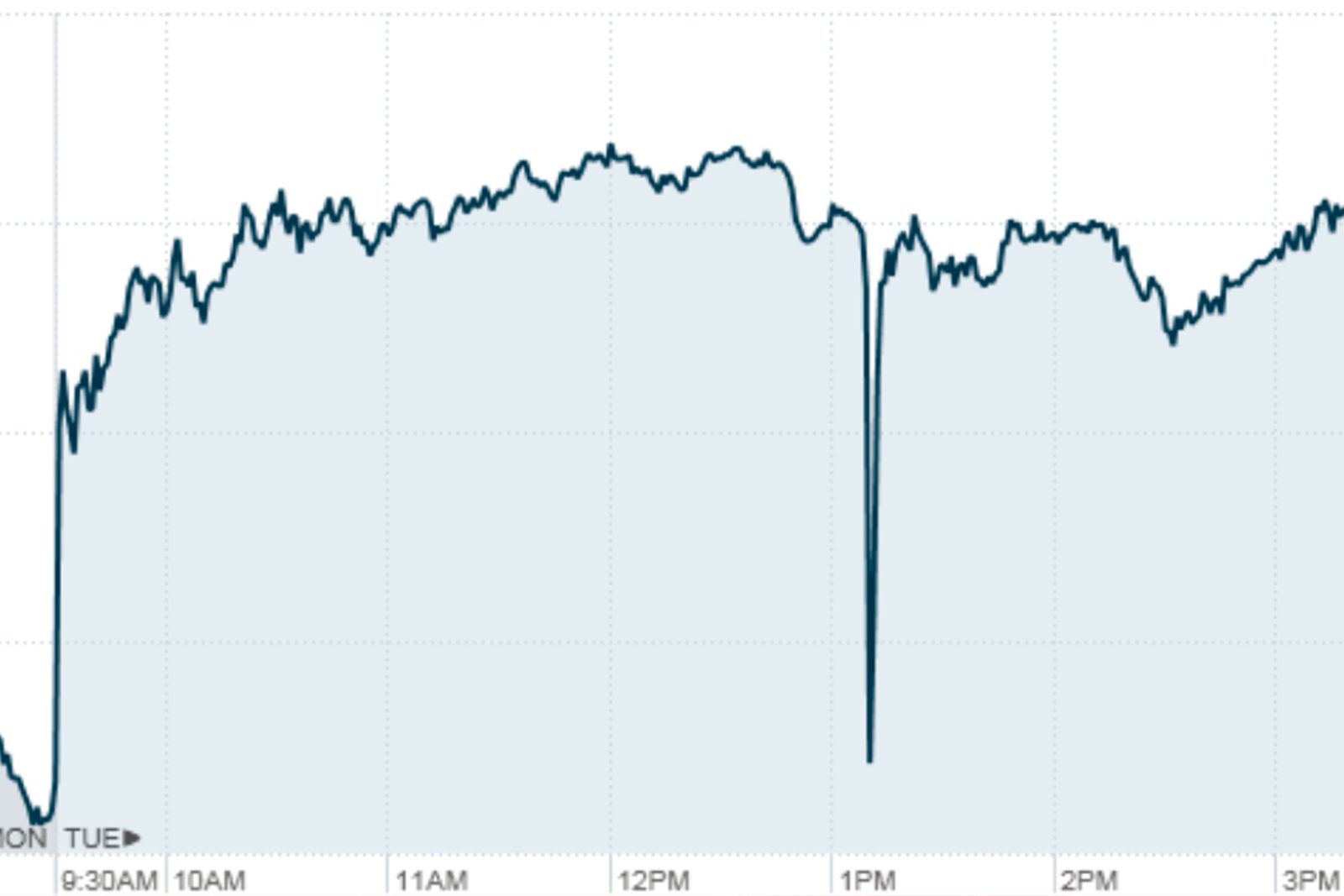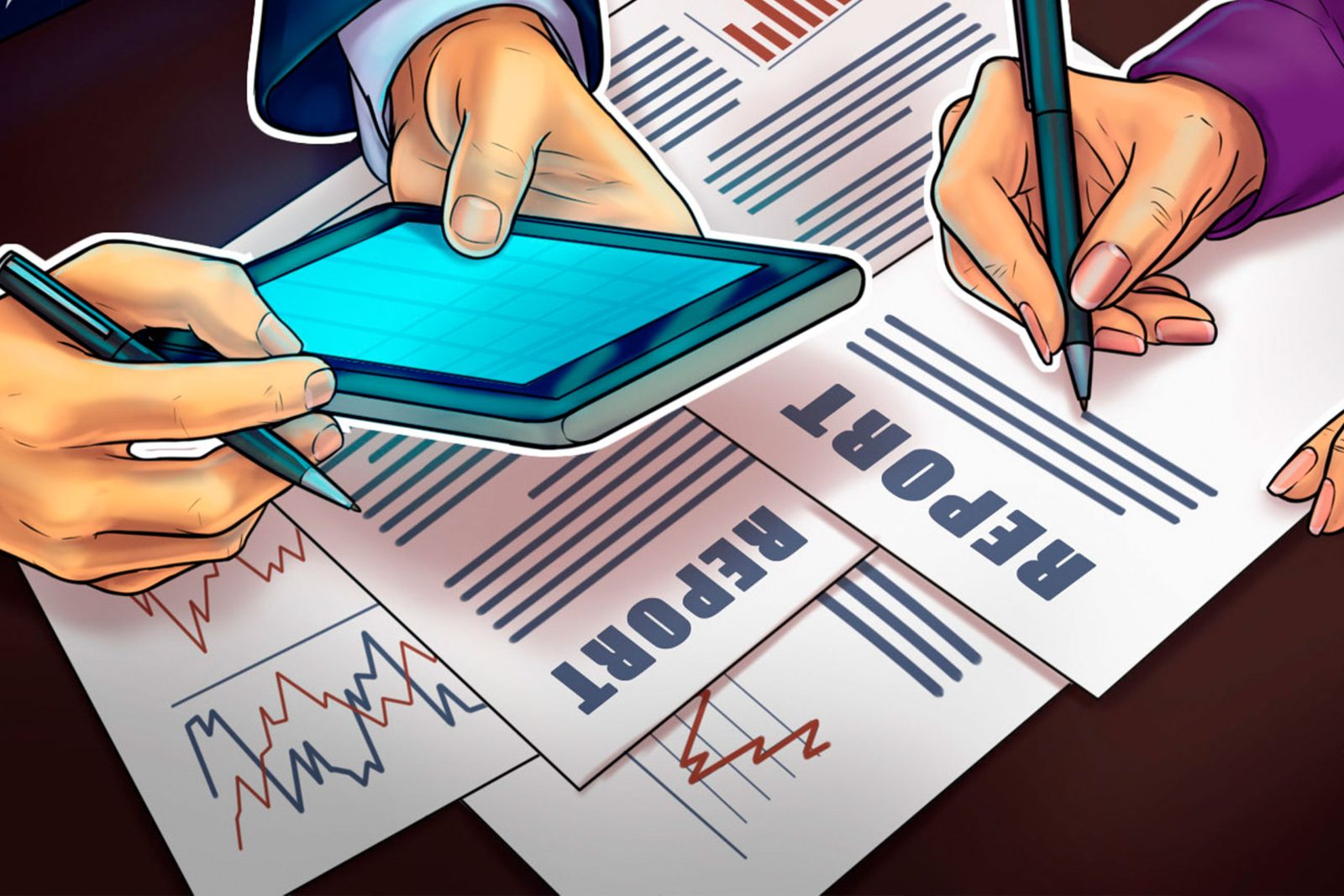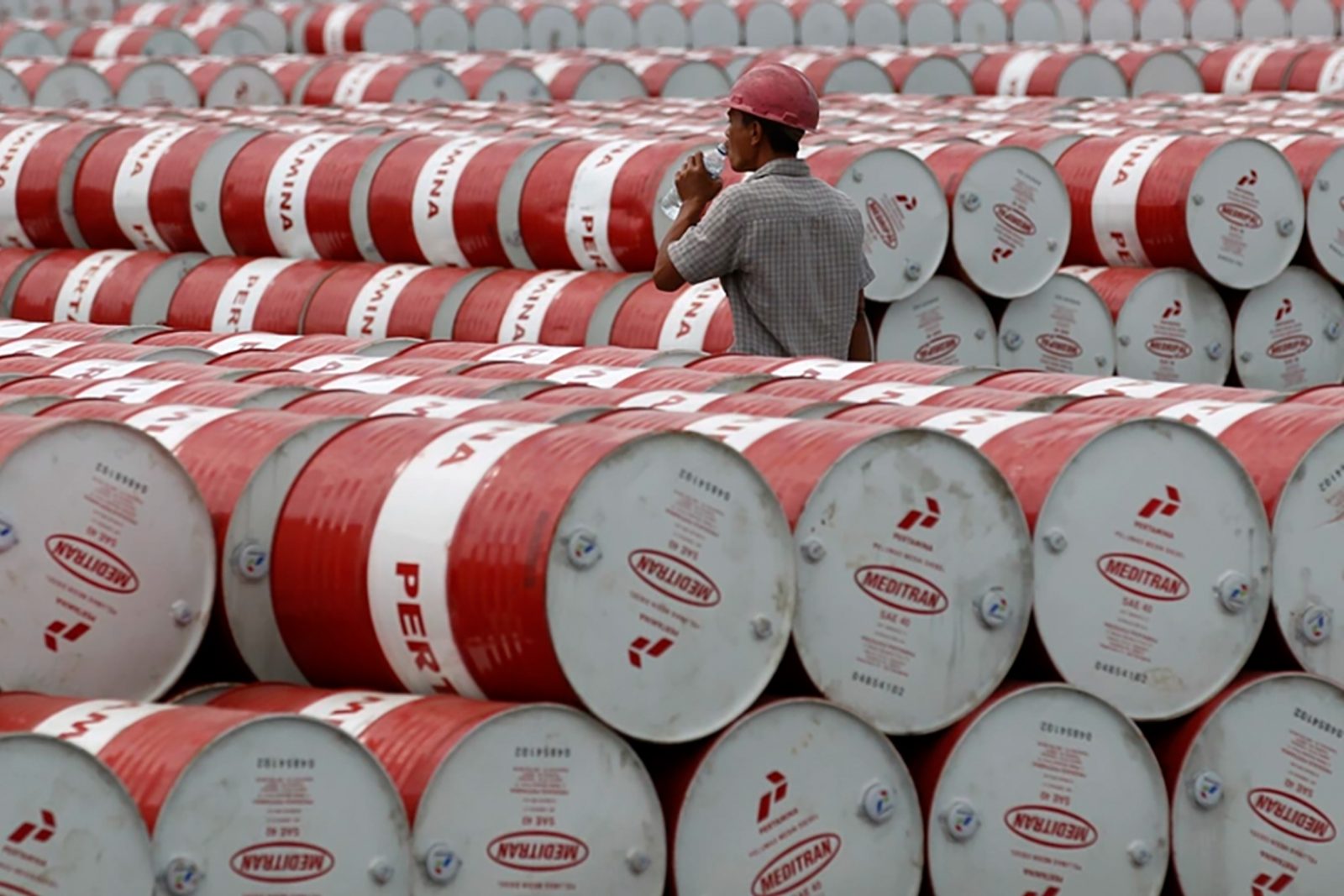2015’s Two Worst Flash Crashes


2015’s Two Worst Flash Crashes
The term “flash crash” gained notoriety in 2010 when, on May 6, the Dow Jones Industrial Average plummeted 9% in less than five minutes before swiftly recovering. This phenomenon was driven, in part, by flash crashes in individual stocks. For instance, Accenture (ACN) briefly hit $0 before closing at $41.09, slightly down from its opening price.
The term “flash crash” stuck, and although 2010 marked the most significant occurrence, flash crashes still happen today. In 2015, there were notable flash crashes where prices dramatically dropped and then rebounded within minutes.
Key Takeaways:
- Flash crashes, which have become increasingly common, are often attributed to the rise of algorithmic trading.
- Two significant flash crashes occurred in 2015: one on March 18 and another on August 24.
- On August 24, 2015, the S&P 500 experienced a 5% decline within minutes of opening, eventually ending the day 3.66% lower than the open.
- The August 24 flash crash was triggered by factors such as previous selling and the Chinese Shanghai Composite Index’s 8.5% fall.
- Liquidity shortages, a herd mentality among traders, and a drop in index futures contributed to the August 24 crash.
- On March 18, 2015, the US dollar fell over 3% in less than four minutes, affecting those trading the currency.
- Flash crashes remain a concern, as they pose risks to all traders and investors in financial markets.
While the August 24 flash crash received extensive media attention, the March 18 US dollar flash crash went largely unnoticed, occurring outside regular market hours and primarily affecting active and institutional traders, not retail investors. Regardless of their impact, flash crashes continue to be a risk in financial markets, whether widely publicized or not.
Get back to Seikum News 🤓




